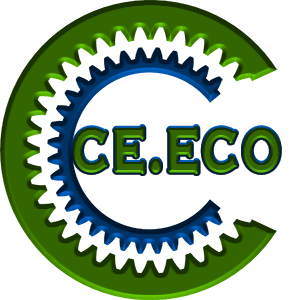The collection of electrical and electronic waste grows year by year all over the world, a clear sign that their management, from a marginal point of view, is taking on the contours of a serious problem due to the exponential increase in the materials to be disposed, often dangerous, components that can represent a real mine of precious metals.
These must therefore be disposed with a specific procedure which avoids devastating environmental damage and allows recycling instead.
Electronic waste or WEEE (Waste from Electrical and Electronic Equipment), internationally referred to as e-waste, are what remains of the electrical and electronic equipment that has been used and then discarded: smartphones, computers, printers, fax machines, televisions, video cameras, electrical appliances and toys and many other everyday electric tools.
Given the rapid progress of technology, everyday products are sometimes replaced even after a few months, although still functional, quickly generating large quantities of electronic waste.
The risks for the environment and for health, due to incorrect disposal or abandonment of these wastes, are very high as an uncontrolled dispersion of substances such as mercury and chlorofluorocarbons are generated, which are toxic and polluting.
A correct recycling of WEEE, through the recovery of materials such as glass, copper, aluminum, steel, iron and other metals, allows to produce new appliances without having to find new resources and with a minimal impact on the environment as, after all the processing procedures envisaged, we obtain finished and semi-finished materials that can be used in the industrial market for processing and production purposes.
Reduce greenhouse gases and pollution, because the contained substances are safely eliminated.
Recover raw materials, because aluminum, glass, copper, plastic can be largely recycled for more than 90 percent of their weight.











